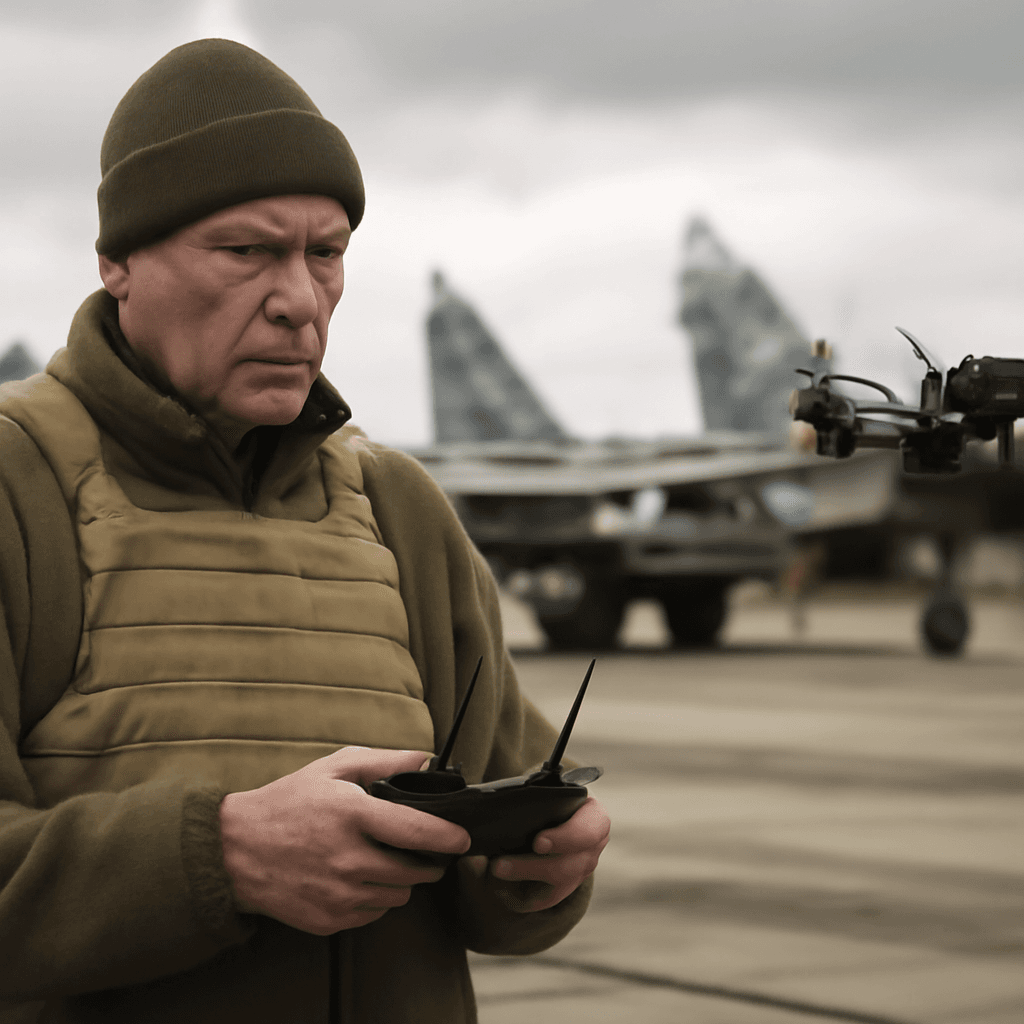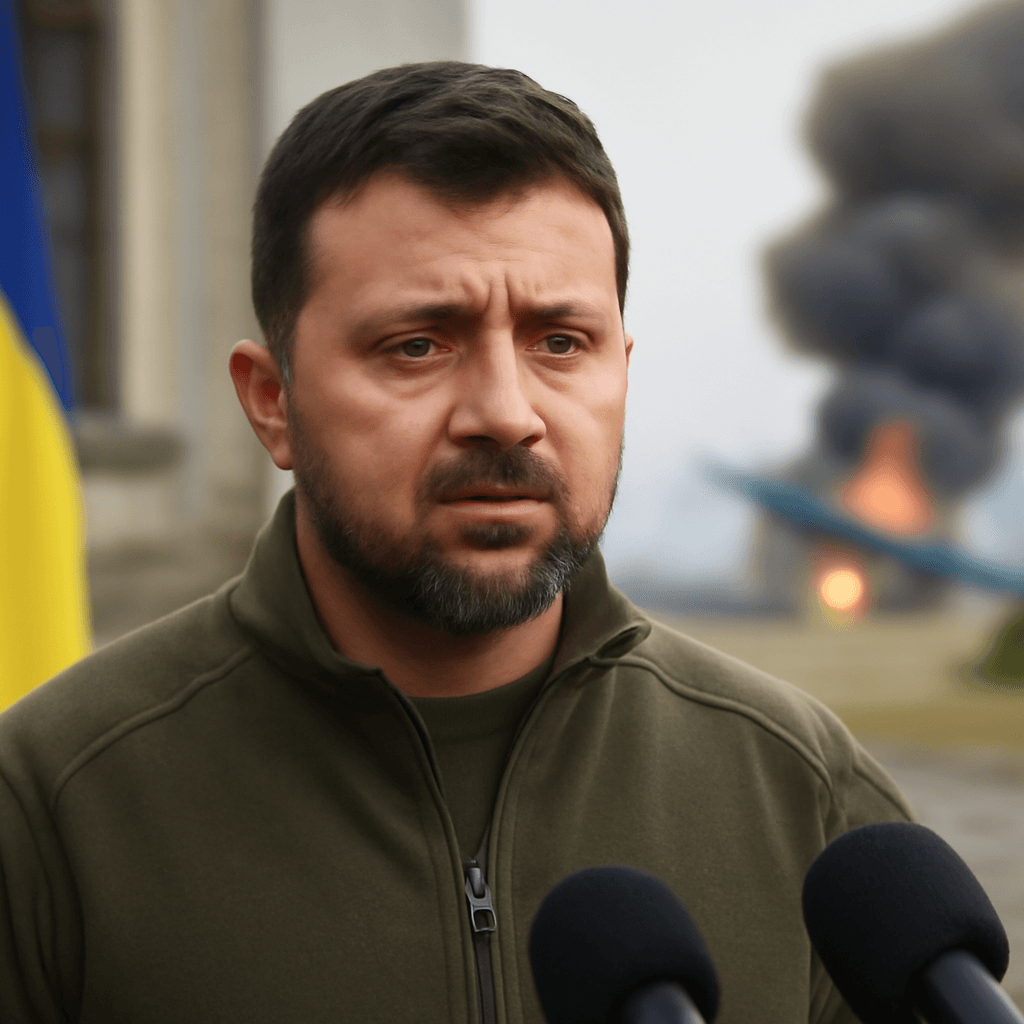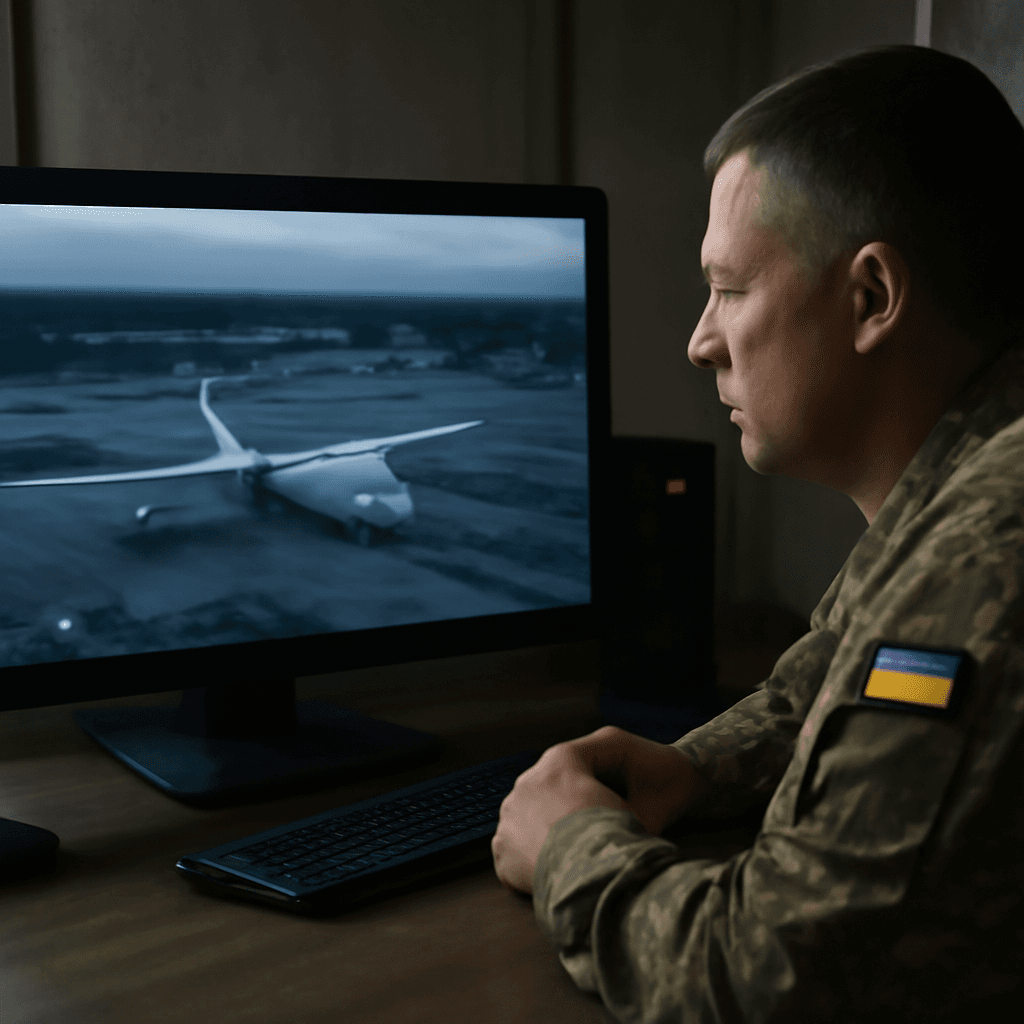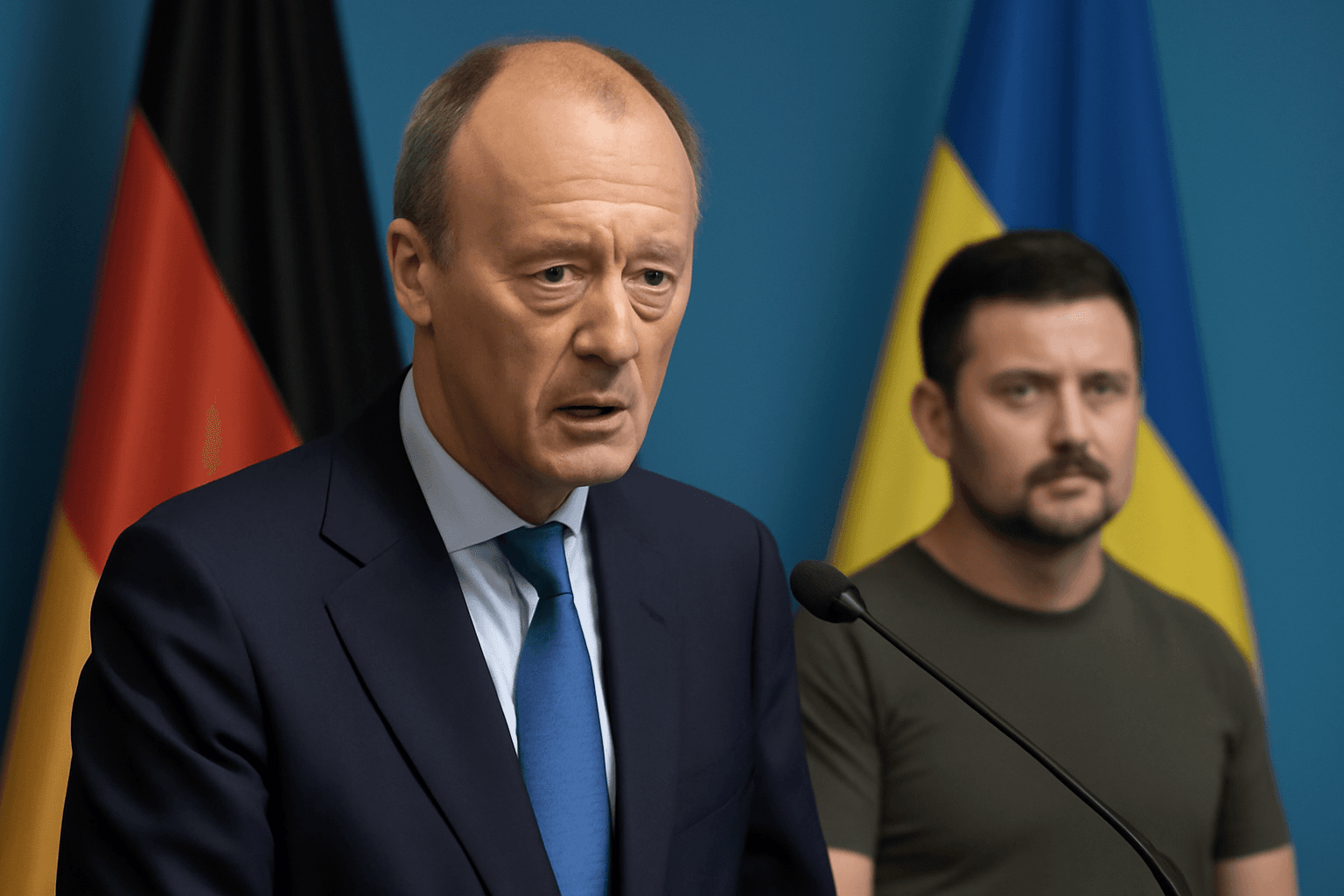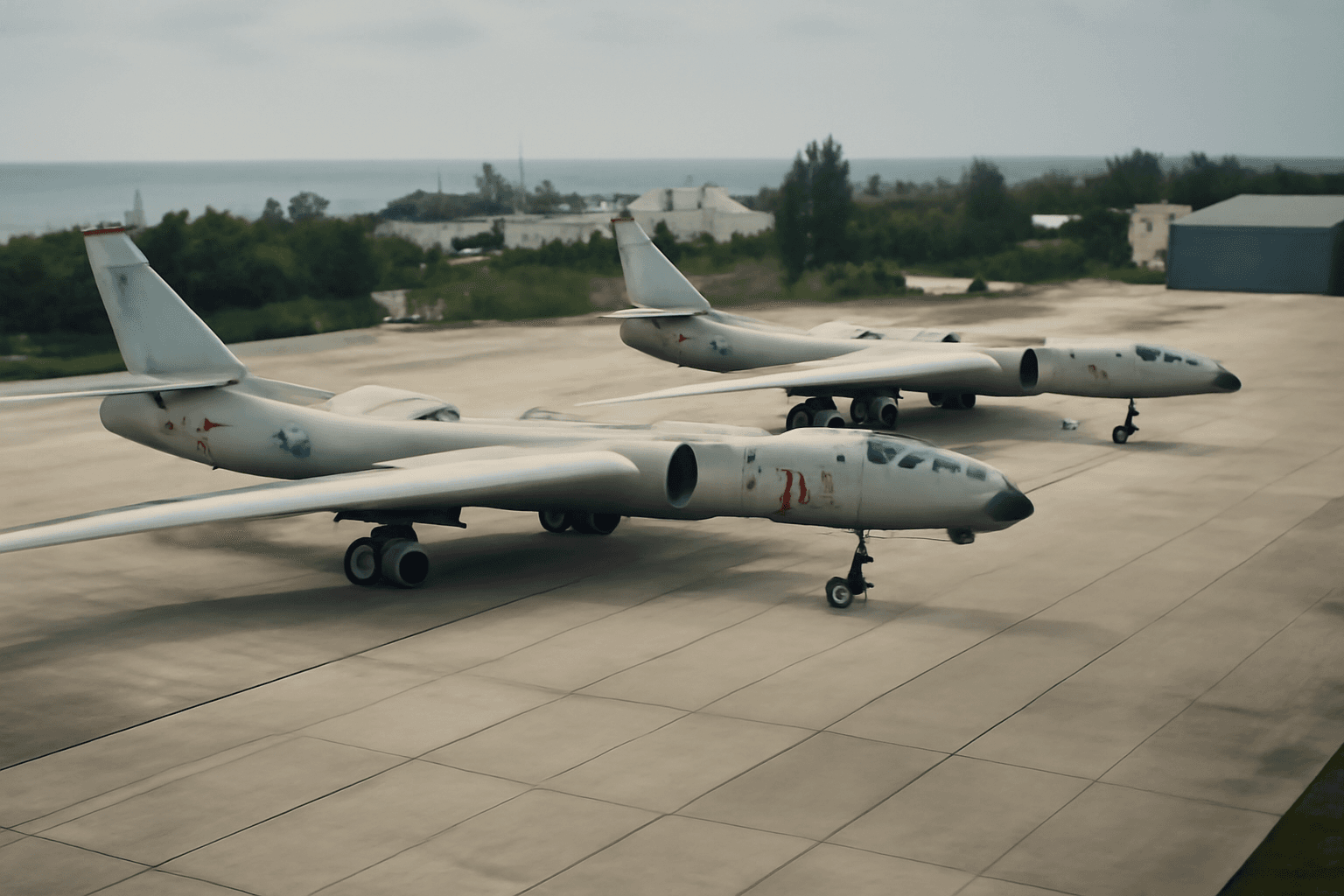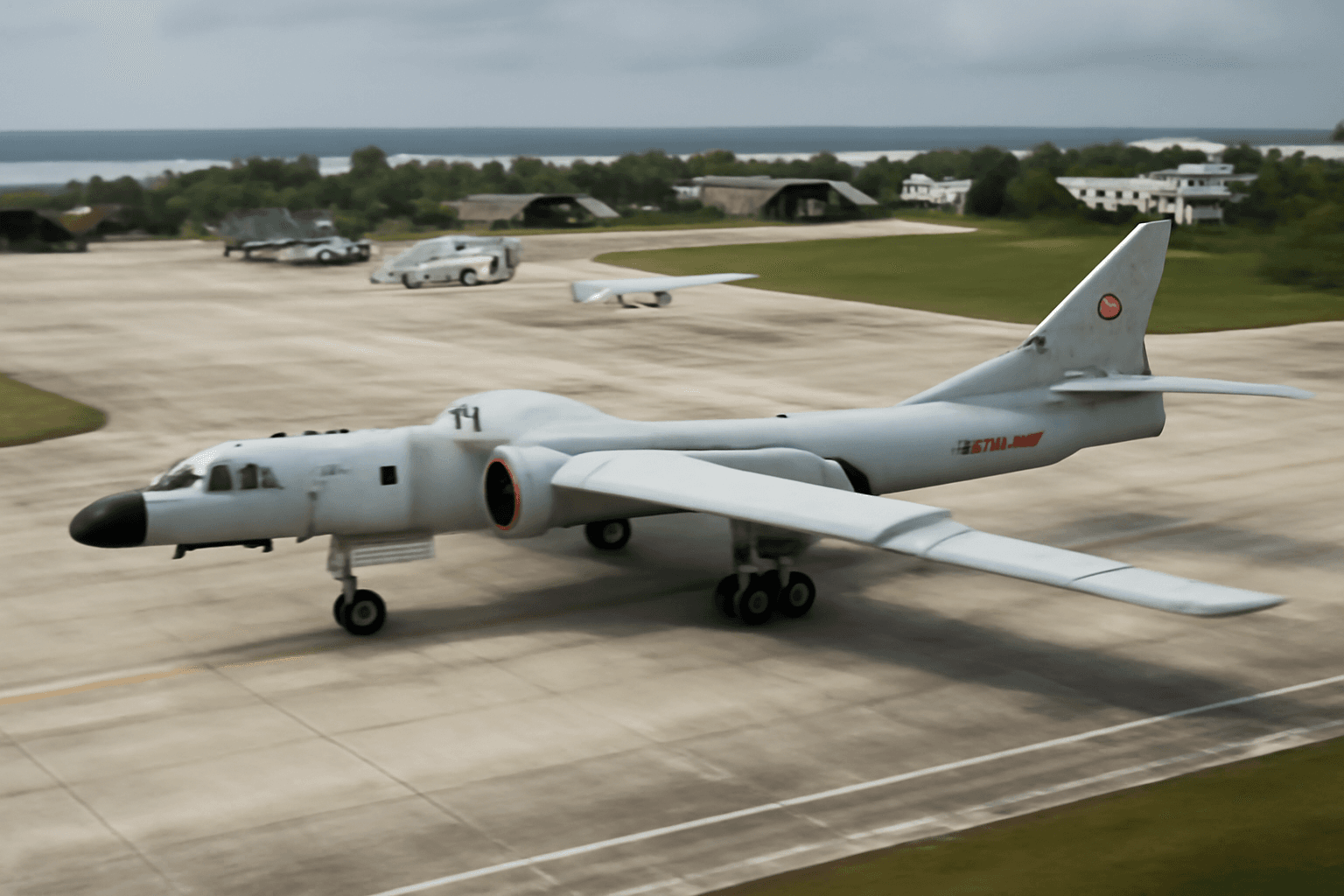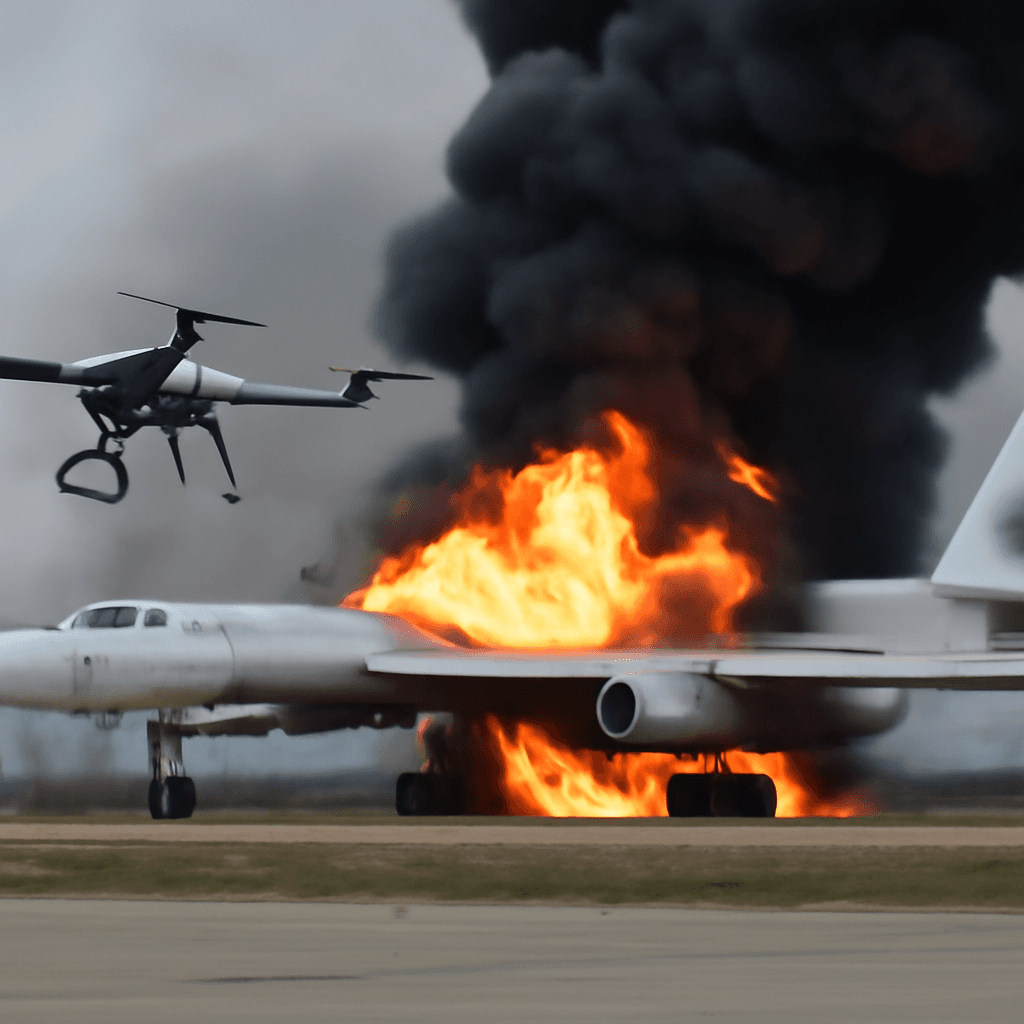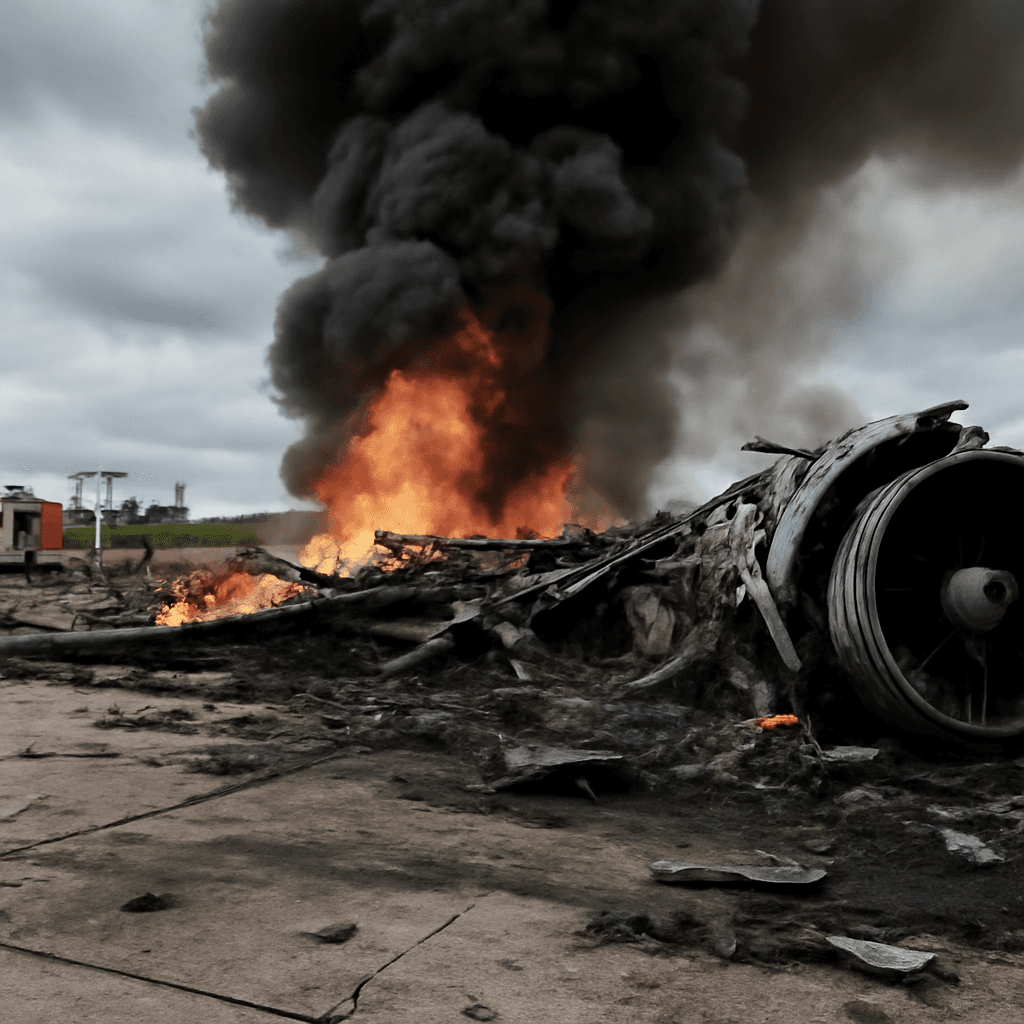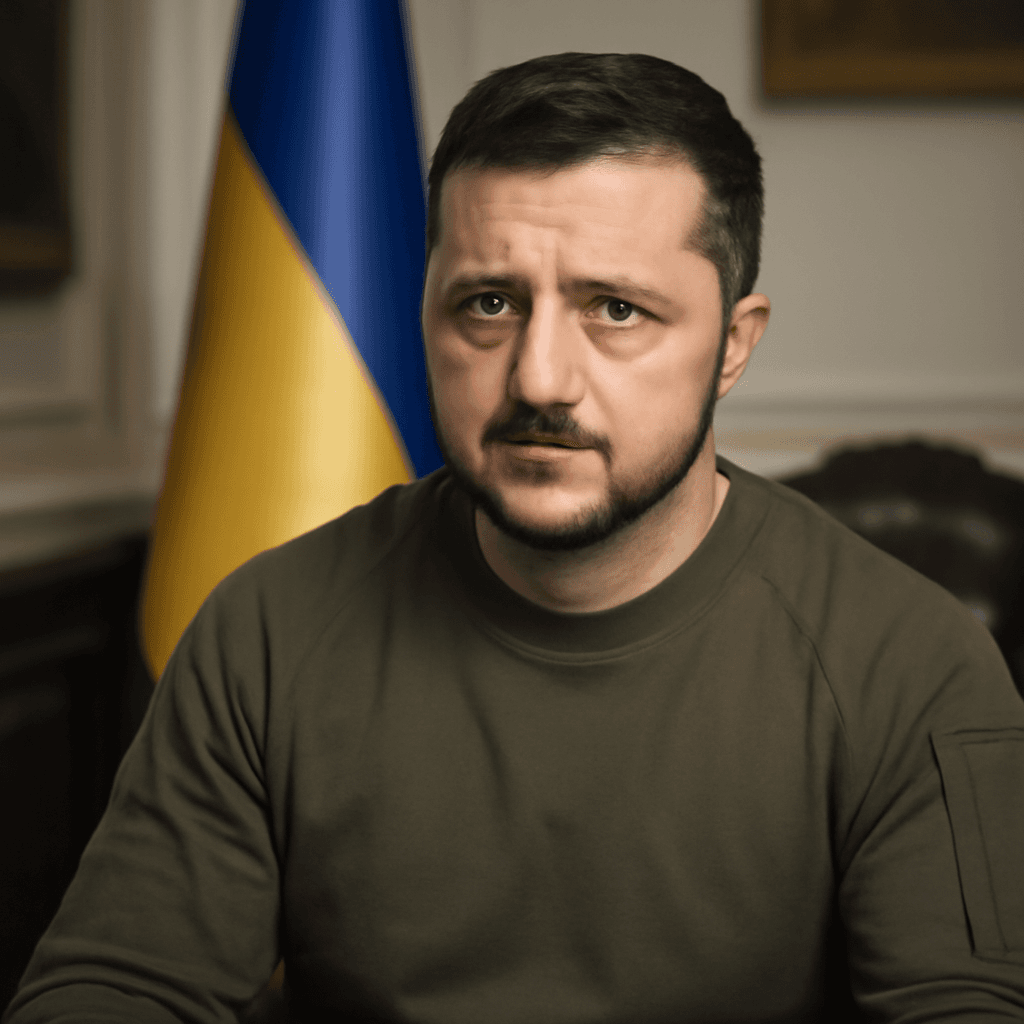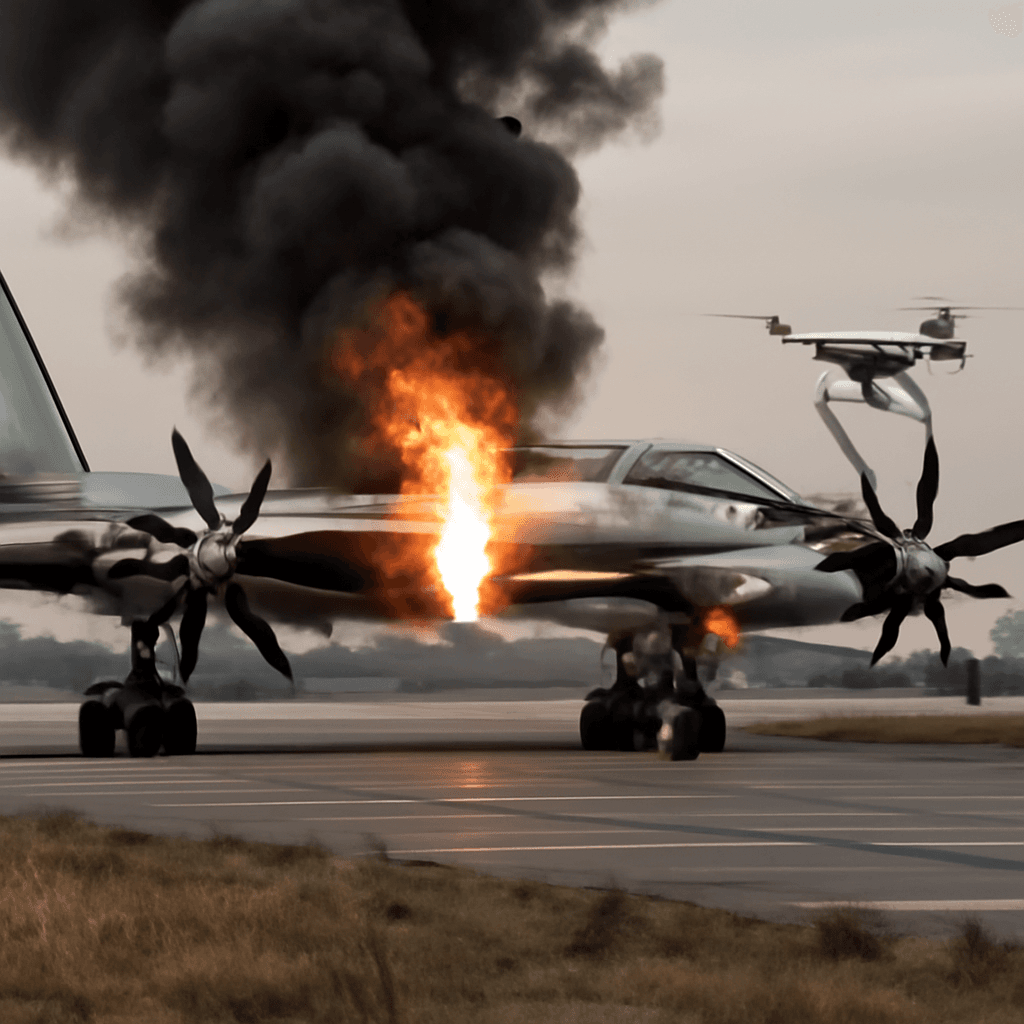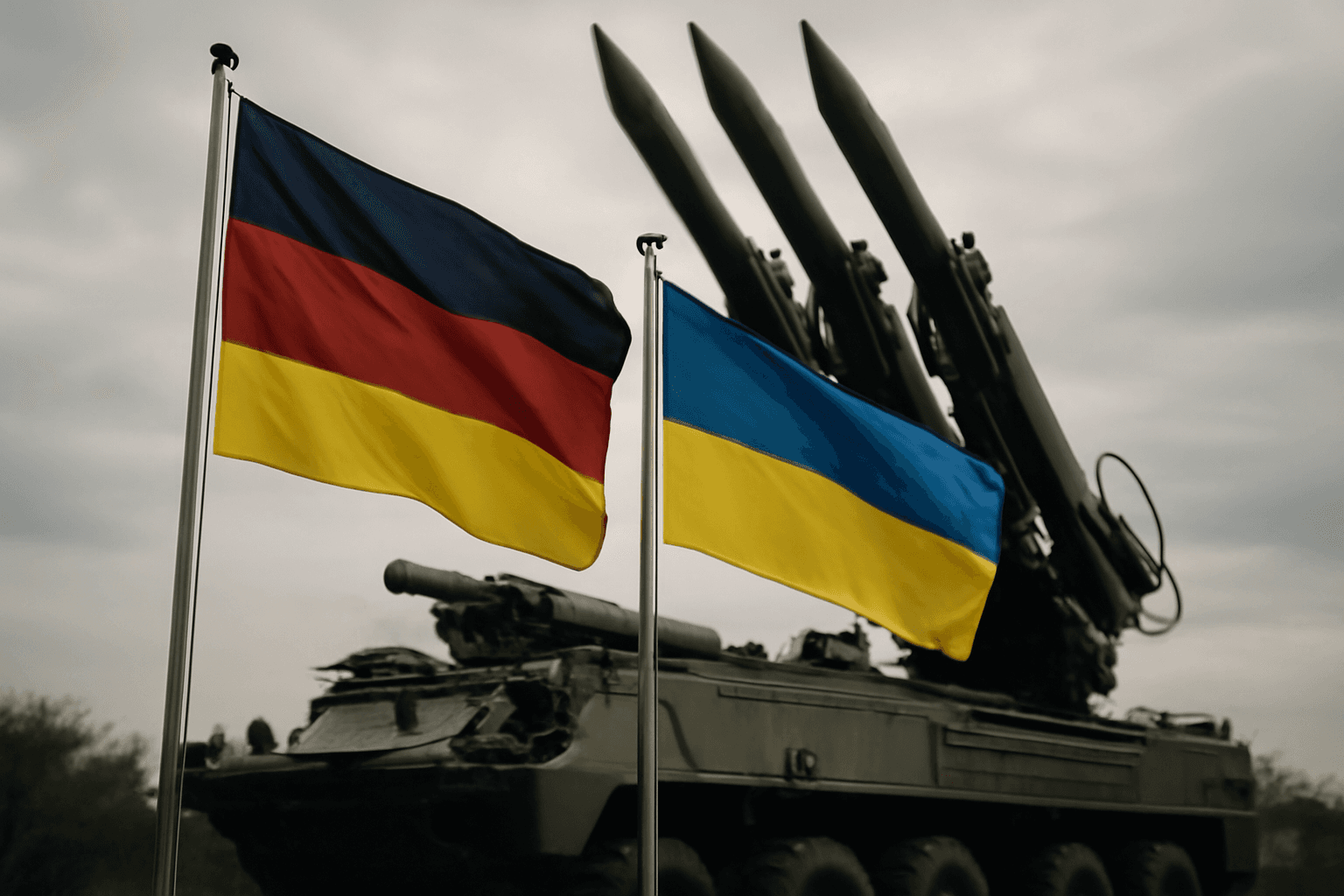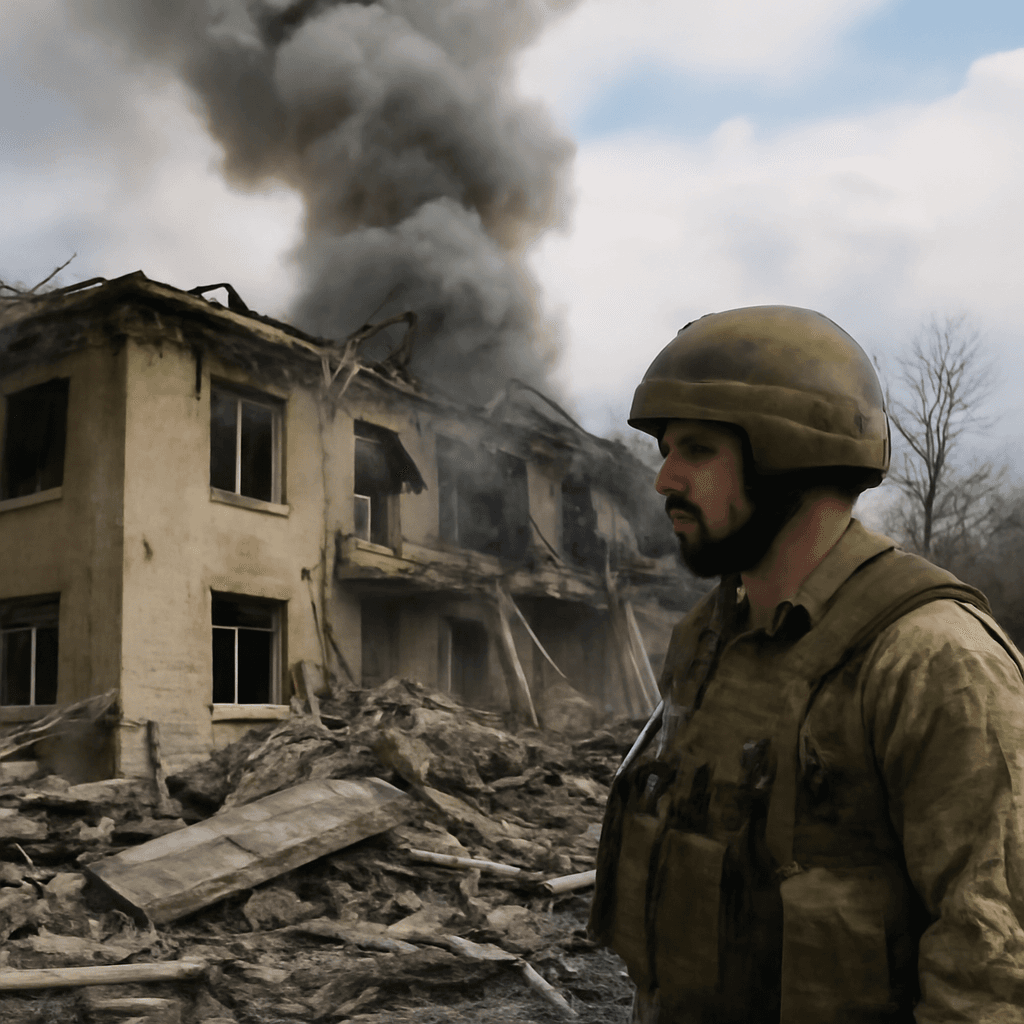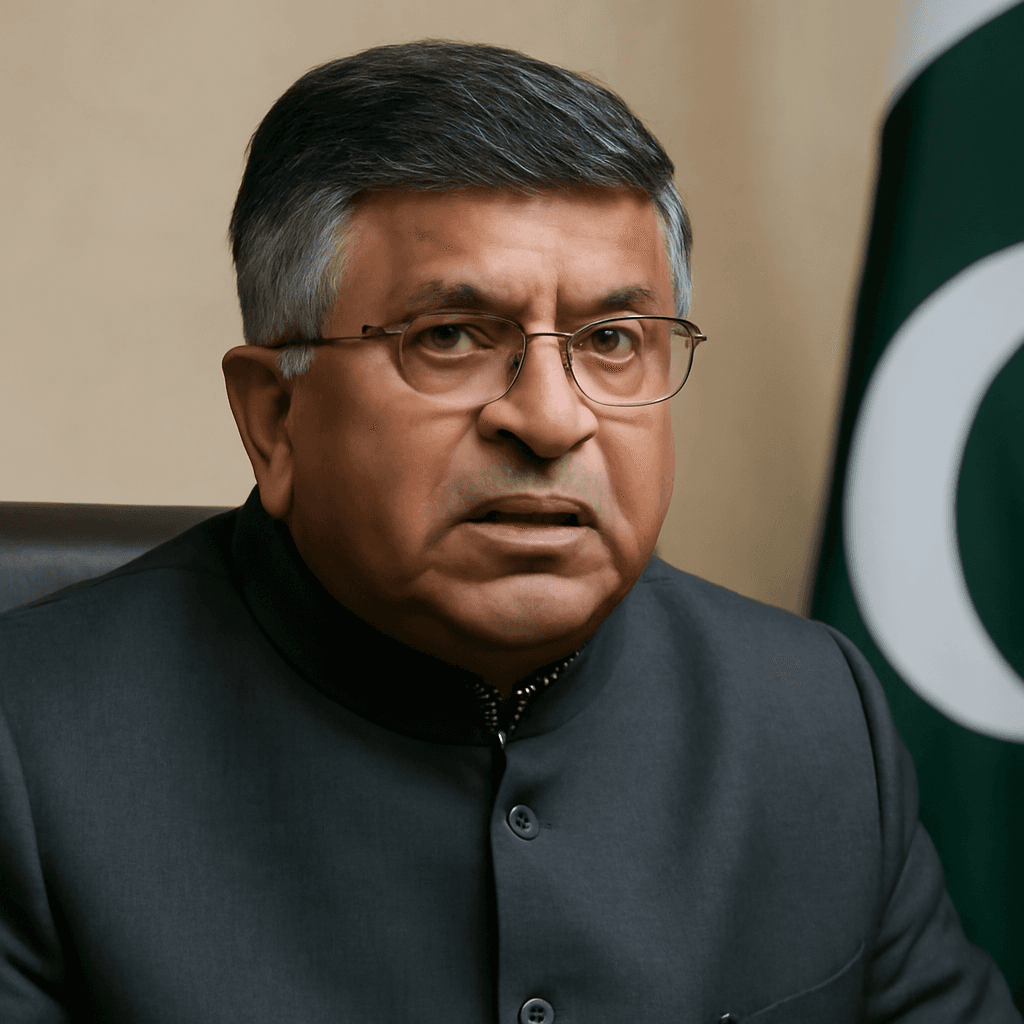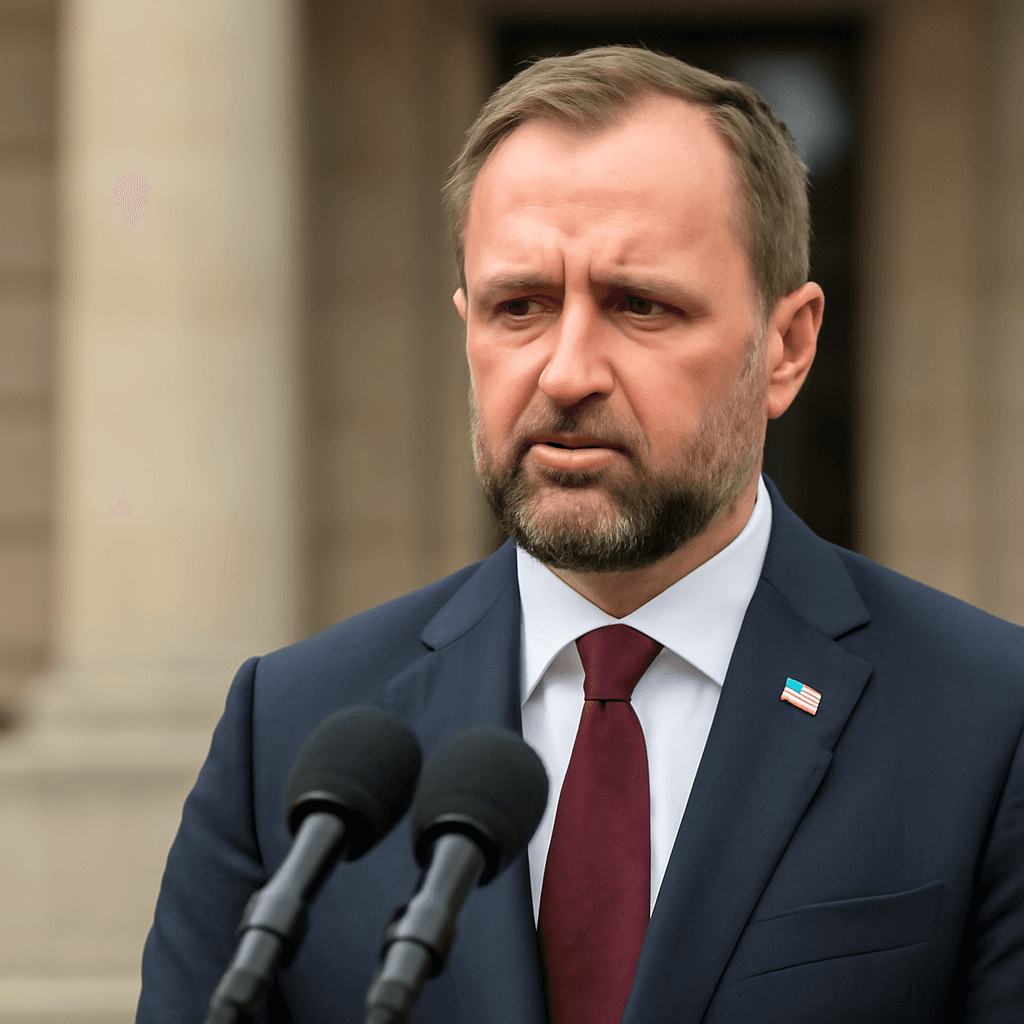Ukraine Launches Bold Long-Range Drone Strike into Russia
Ukraine has executed a highly audacious drone attack targeting multiple military installations deep within Russian territory, marking its most extensive long-range operation to date. This strategic offensive, known as Operation Spider Web, involved the use of first-person-view (FPV) drones to strike airbases hosting strategic bombers reportedly used to target Ukrainian cities.
Details of the Drone Operation and Impact
The operation reportedly targeted at least 41 Russian aircraft, including strategic bombers such as the Tu-95 and Tu-22, as well as the A-50 radar detection and command aircraft. Russian airfields in the Murmansk, Irkutsk, Ivanovo, Ryazan, and Amur regions came under attack, with several aircraft reportedly catching fire. Although Moscow has not released detailed damage assessments, the use of stealth drones and the scope of the strikes have established a significant psychological and tactical impact.
The offensive was meticulously planned over a period exceeding 18 months, during which drones were covertly smuggled into Russia and concealed in trucks stationed near the targeted airbases. At the moment of attack, hidden compartments on the trucks remotely released drones that swiftly advanced towards their objectives, exemplifying detailed operational execution.
Strategic and Political Implications
The timing of Operation Spider Web is particularly noteworthy. The strikes coincided with scheduled negotiations between Russian and Ukrainian officials in Istanbul aimed at exploring avenues to end the prolonged conflict that has spanned over three years. By demonstrating enhanced military capabilities, Ukraine sought to gain leverage in peace discussions and influence diplomatic dynamics.
Ukraine’s leadership emphasized a commitment to peace, proposing a full and unconditional ceasefire alongside pragmatic steps towards lasting stability. Ukrainian President Volodymyr Zelenskyy highlighted the logic and realism of Kyiv’s proposals, contrasting them with the apparent opacity surrounding Russia’s position, as Moscow has yet to share its peace memorandum with international mediators.
Zelenskyy’s Message of Resilience and Autonomy
In a wider context, the operation carries a symbolic message beyond its military impact. Referencing a prior interaction with a former US administration, where Ukraine was told it had “no cards” without external support, Zelenskyy’s announcement reinforced Kyiv’s self-reliance, underscoring that the drone strike was a result achieved solely by Ukraine.
This demonstration of independent operational capability underscores Ukraine’s resolve and adaptability amid ongoing hostilities, signaling to both domestic and international audiences that Kyiv is advancing its defense agenda.
Summary of Key Operation Spider Web Facts
- Operation duration in planning: over 1 year and 6 months
- Targeted 41 Russian military aircraft including strategic bombers and radar reconnaissance planes
- Attack sites span multiple Russian regions: Murmansk, Irkutsk, Ivanovo, Ryazan, and Amur
- Use of first-person-view (FPV) drones smuggled and launched covertly
- Operation aligns with ongoing peace negotiations in Istanbul

